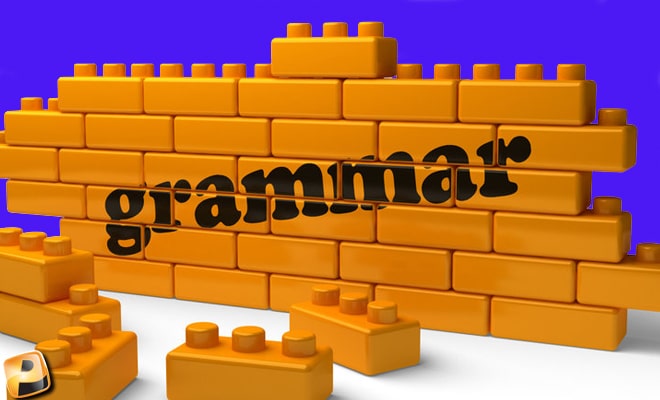Last Updated on January 24, 2022
If you ask people to list their biggest grammar pet peeve is, mistakes in whether to use it’s or its has to be near the top.
Who would imagine a simple three-letter word could cause so much angst for people who are at least trying to do things correctly and so much frustration for others who see it misused?
But that’s exactly what occurs with the word its or that word’s close cousin, it’s.
Grammarly has it listed among five of the most annoying grammar errors of all time.
So let’s dive right in and have a look at these two words.
First, it’s worth noting that it’s and its are homophones: words having the same pronunciation but different meanings, origins, or spelling.
In this case, the only difference in the spelling happens to be that little apostrophe, a symbol that causes a host of other frustrations because of people’s erroneous insistence in attempting to use apostrophes in making words plural.
The issue between it’s and its, however, doesn’t have anything to do with plural. In this case, the confusion centers on which word makes something possessive.
Under normal conditions, you do use an apostrophe to indicate possession. Consider, for example, a dog’s toy, the teacher’s desk, or the artist’s brush. In each case, the mark is showing the noun that follows belongs to the noun that precedes it.
But it is a different situation. That’s because for this particular little word, we need two different functions when the letter s is added: a contraction for “it is” and the possessive.
So when it enters the picture and a possessive is needed, that’s when the “it” hits the fan.
Based on the normal pattern for possessives, well-meaning people use “it’s” to mean possessive, as in “The cat lost it’s balance.” But that’s wrong! It should be “The cat lost its balance.”
Its is the possessive form.
It’s is the contraction for “it is.”
There are certain rules that you just have to remember; you know someone will pounce if you make the wrong choice.
The only real way to get around any confusion and help yourself recall the difference is to remember that in this particular case, the apostrophe in it’s indicates a missing letter, just as it does in common contractions like don’t or should’ve.
Are you reducing “it is” to a contraction? If so, you need an apostrophe.
If you’re making it into a possessive, just add the s.
Otherwise, prepare to receive the wrath of the grammar police.

















